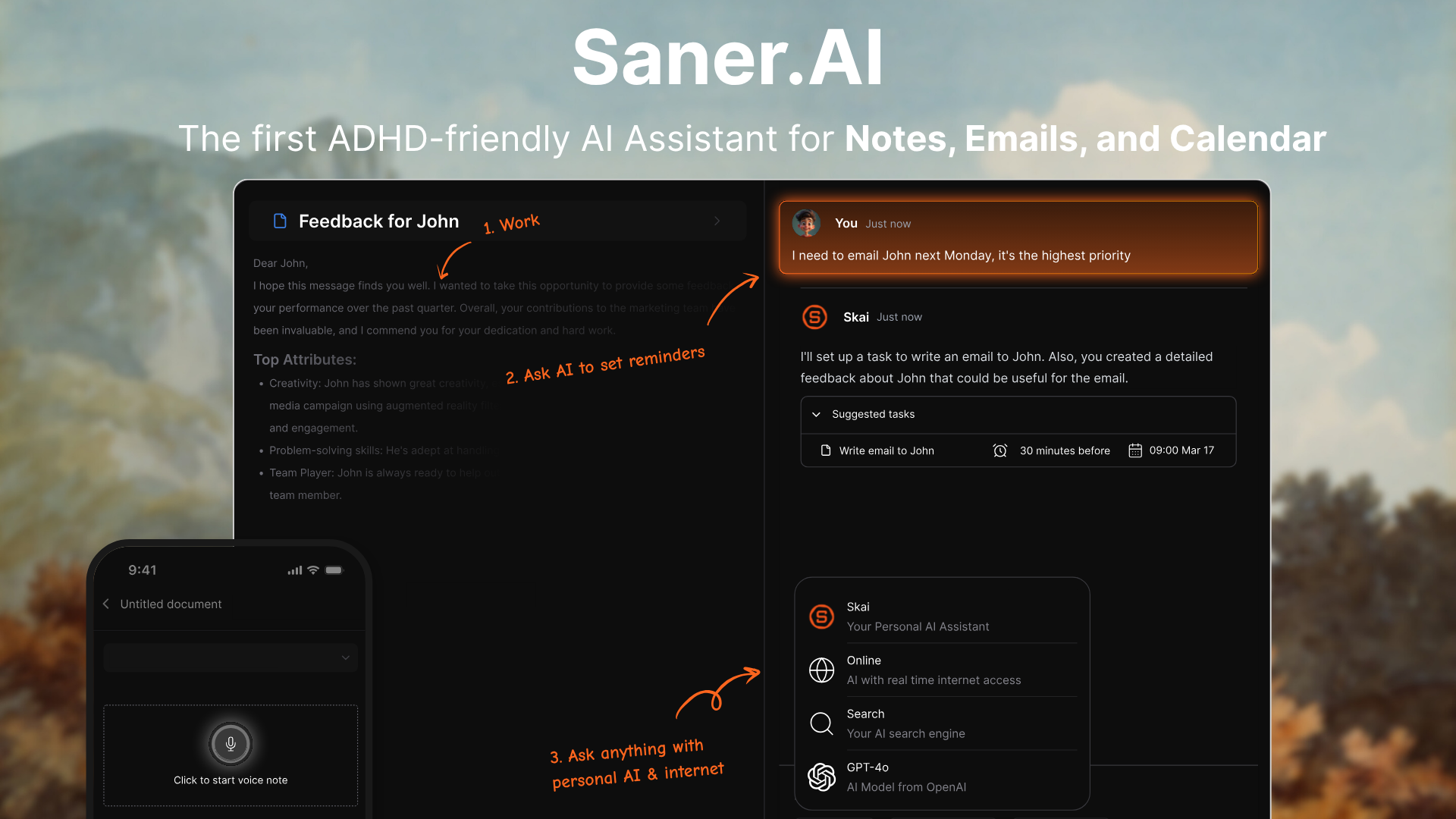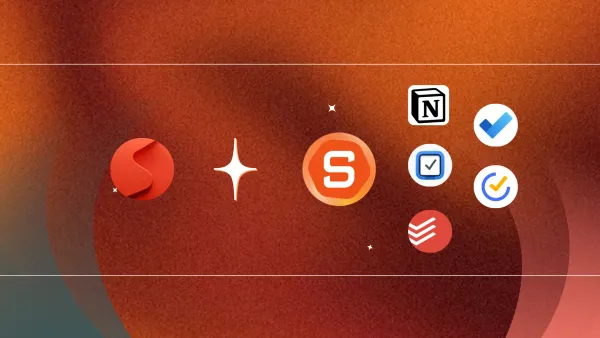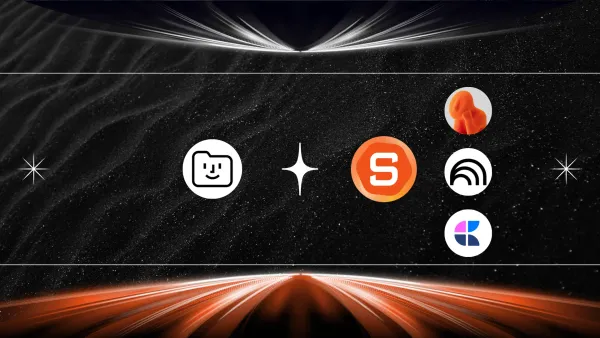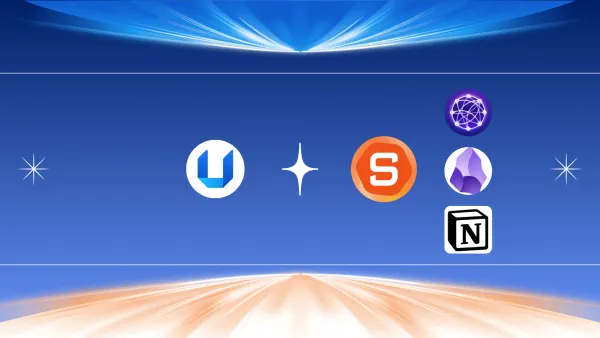6 Effective Task Management Techniques for Busy Professionals

binge-watch
1. What is Task Management - Really?
Busy doesn’t always mean productive.
You might be clocking in 60-hour weeks, sacrificing evenings and weekends, yet still feeling like your to-do list is never-ending. Meanwhile, some people manage to stay on top of their workload and still find time to work out, pick up their kids, or even binge-watch a show.
So what’s the difference?
It usually comes down to mastering one underrated skill: task management.
Task management is the art of organizing, prioritizing, and executing tasks in a way that maximizes your output without burning you out. It’s not just about writing to-dos - it’s about creating a system that helps you:
- Decide what matters most
- Plan when and how to tackle it
- Track progress without micromanaging yourself
- Actually finish what you start
In short, it helps you spend more time doing meaningful work and less time feeling overwhelmed.
2. Why Task Management Matters (Especially If You're Busy)

Here’s what happens when you adopt strong task management techniques:
- 🧠 Clearer Thinking, Less Chaos
When tasks are organized, you don’t waste mental energy trying to remember what’s next. You know what’s urgent, what’s important, and what can wait. - ⚡ More Efficiency, Fewer Distractions
Prioritizing keeps you from jumping between unimportant tasks. You stop chasing low-impact work and start focusing on what moves the needle. - 💰 Better Use of Time & Budget
Task management isn’t just about productivity - it helps you allocate time, energy, and even money smartly. You avoid overcommitting or underdelivering.
6 Effective Task Management Techniques
1. Plan Ahead With Purpose

Planning isn’t just a nice-to-have - it’s your productivity compass.
- Set aside 10–15 minutes each day to plan for tomorrow and the week ahead. This habit helps prevent work overload and boosts your sense of control.
- Define clear goals for each task. Goals act like a GPS, guiding your effort and making it easier to focus and measure success.
- Prioritize smartly: Start with high-impact tasks, then tackle the less critical ones. Once you complete a task, check it off and reflect: Did you hit your goal? What would you improve next time?
You can use the Eisenhower Matrix or ABC prioritization to decide what deserves your time first.
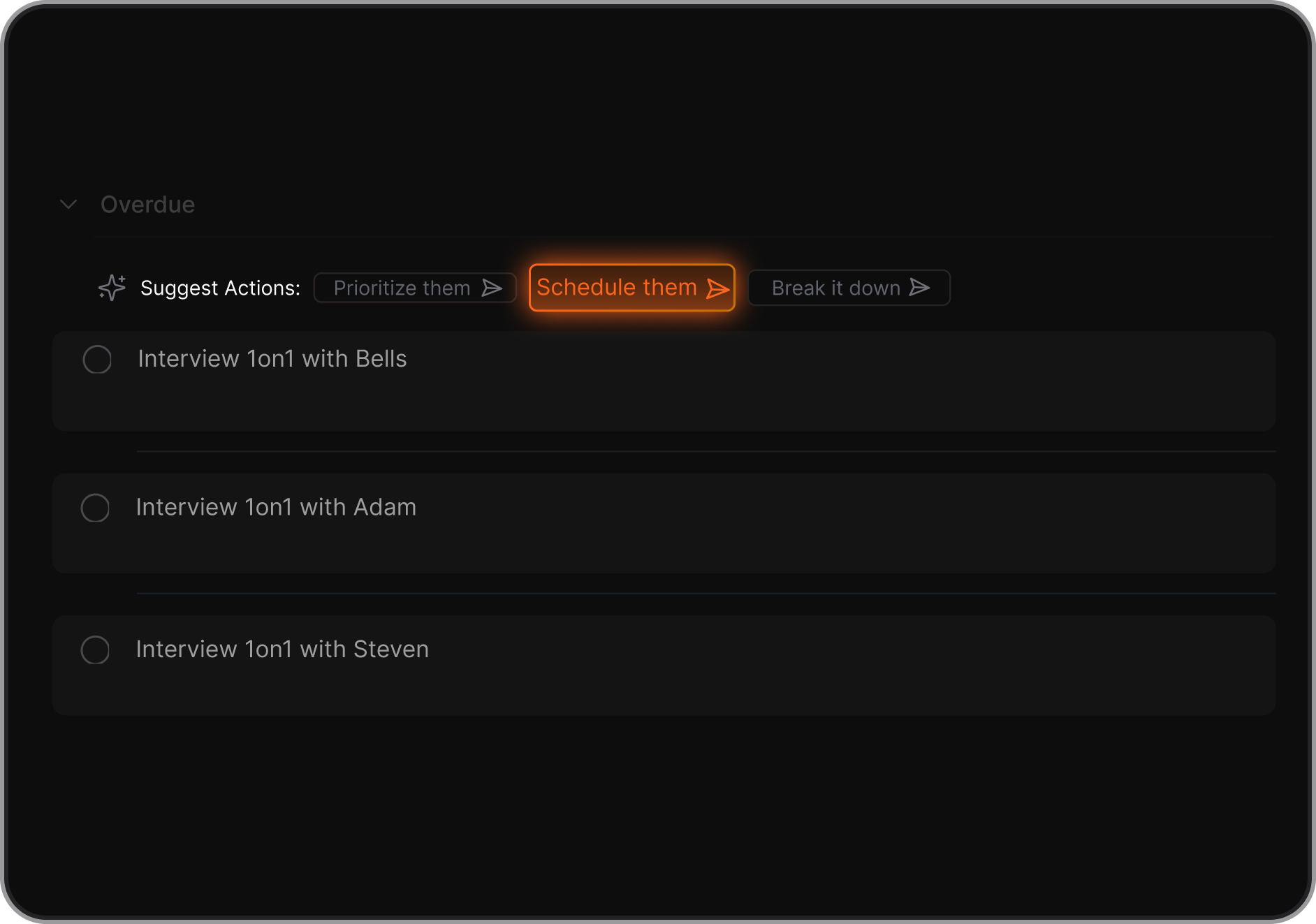
2. Use Time Limits to Your Advantage
Heard of Parkinson’s Law? It says:
“Work expands to fill the time available for its completion.”
That’s why deadlines matter. A task you give yourself 24 hours for will likely be done faster, and more focused than one with a weeklong buffer.
- Set strict time limits for each task to force clarity and focus.
- Batch similar tasks (like emails or quick calls) into 30-minute sprints.
- Use timers or time-blocking tools to keep your day structured.

⏱️ Try the Pomodoro Technique: 25 minutes of focused work, followed by a 5-minute break.
3. Set Task Reminders You’ll Actually Use
Don’t rely on memory alone, especially with a packed schedule.
- Use reminder apps or AI assistants to nudge you before deadlines.
- For teams, set collaborative reminders tied to project milestones.
- Bonus: Some tools (like Saner.AI) can auto-generate reminders based on your notes and calendar.
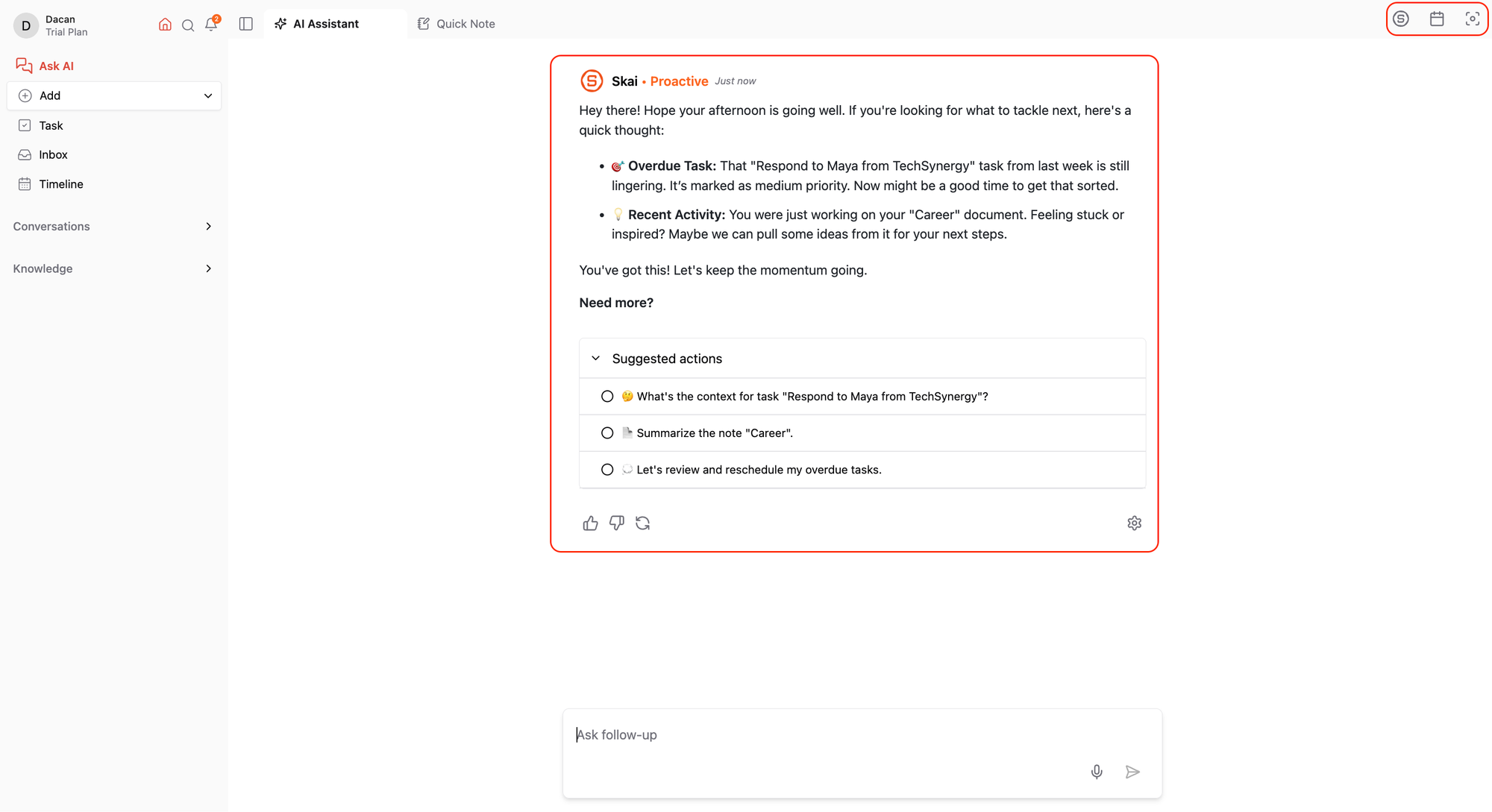
✅ A good reminder system turns intentions into actions consistently.
4. Delegate With Clarity, Not Chaos
Effective delegation saves time and builds stronger teams.

- Match tasks to people’s strengths instead of defaulting to what’s easiest.
- Be specific: clarify deadlines, outcomes, and context for each task.
- Listen to your team during the delegation process. Their feedback often uncovers risks or smarter ways to approach the work.
🙅♂️ Don’t try to do it all. Delegating well is a leadership skill, not a weakness.
5. Evaluate Work in Phases
Don't wait until the end to review progress.
- Schedule weekly, monthly, and quarterly check-ins. This helps you spot patterns, adjust course, and improve over time.
- Evaluate tasks based on:
- What worked?
- What needs improvement?
- What should be dropped?
🧠 Reflection is the engine of professional growth. Regular reviews make you sharper.
6. Rest Is a Productivity Tool

High performance isn’t just about grinding - it’s about strategic recovery.
- Plan breaks into your schedule, especially during high-stress periods.
- Choose energizing downtime: a walk, journaling, or focused breathing beats doomscrolling.
- Say no to unnecessary meetings or obligations that drain your energy.
💡 Rest isn’t a luxury - it’s fuel for your next task.
Conclusion: Smart Task Management Isn’t About Doing More - It’s About Doing What Matters
In today’s fast-paced world, the key to thriving as a busy professional isn’t just about working harder - it’s about working smarter.
From daily planning and time-bound tasks to structured reminders, thoughtful delegation, regular evaluations, and strategic rest, each of these techniques is backed by research and real-world results.
By putting even a few of these practices into place, you’ll not only reduce stress and boost productivity, you’ll also build a more sustainable workflow that supports long-term success and well-being.
Whether you're a team leader juggling projects, a researcher drowning in deadlines, or an entrepreneur wearing a dozen hats, these strategies will help you stay focused, make better decisions, and create space for what truly matters.
🧠 Remember: The goal isn’t perfection - it’s progress, clarity, and control over your time.
Manage tasks effortlessly with your AI Personal Assistant
Task Management Techniques for Busy Professionals: FAQ
1. What are the most effective task management techniques for busy professionals?
The best task management techniques are the ones that simplify, not complicate your day. Professionals juggling meetings, projects, and emails often benefit from:
- Time-blocking: Reserve focus time on your calendar, not just meeting slots.
- Task batching: Group similar tasks together to reduce mental switching.
- Daily prioritization: Choose your top 3 tasks each morning—don’t overload the list.
- AI assistance: Use tools like Saner.AI to generate day plans, auto-organize tasks, and manage follow-ups.
These methods reduce stress, increase follow-through, and help you focus on what actually matters.
2. What are some tools that support task management for busy professionals?
Here are a few tools built to support task management at scale:
- Saner.AI – Combines tasks, calendar, and notes. It proactively suggests what to do next based on your goals.
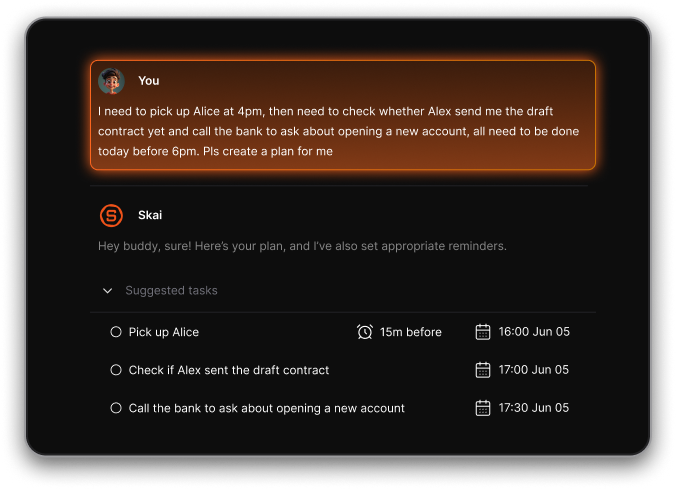
- Todoist – Great for minimalist to-do lists.
- Reclaim – Syncs your tasks with your calendar and blocks focus time automatically.
For professionals who need fewer tabs and more clarity, Saner.AI stands out by offering everything in one assistant-like interface.
3. What’s the biggest mistake professionals make with task management?
Trying to do too much - or using overly complex systems.
If your system needs a system to manage it, it won’t last. The most sustainable task management techniques are:
- Easy to start
- Flexible on messy days
- Integrated into your natural workflow
That’s why AI-powered solutions like Saner.AI are gaining popularity. They remove the burden of constant planning and give you a smart fallback when life gets chaotic.
4. Can AI help with task management for professionals?
Absolutely. AI tools like Saner.AI can:
- Convert emails into follow-up tasks
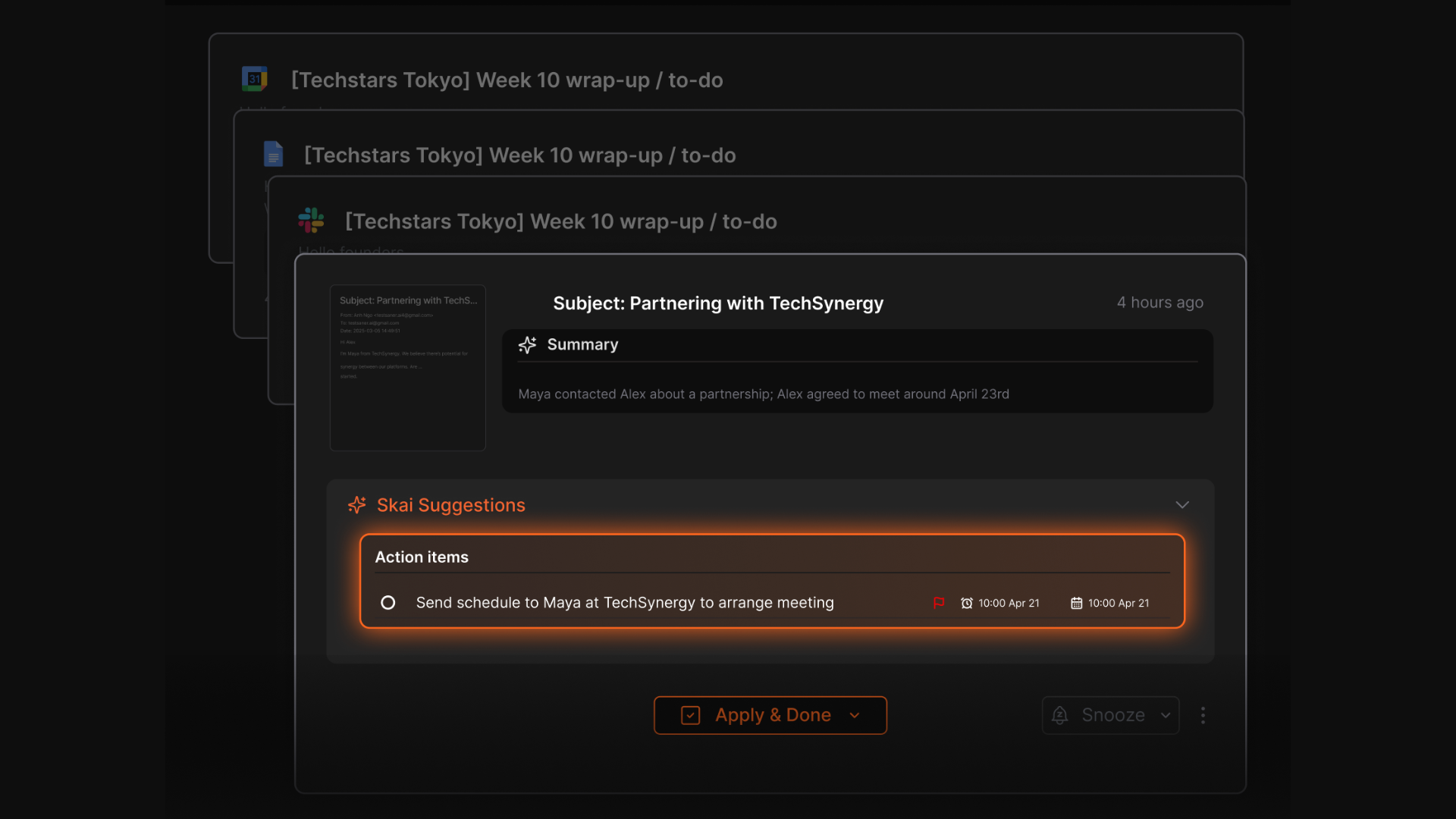
- Reminds you of deadlines without needing tags or manual setup
- Suggest time slots for tasks based on your real availability
- Help you review your day and plan tomorrow - automatically
This means less cognitive load and fewer dropped balls, especially helpful for founders, execs, and team leads.
5. How do busy professionals stay organized without burning out?
Here’s what high performers do differently:
- They capture ideas instantly – using voice or quick notes

- They let systems do the organizing – AI handles tagging, sorting, and reminding
- They review weekly, not daily, reflecting on progress and course-correcting
Apps like Saner.AI enable this by acting like a second brain. You just dump your thoughts; it keeps track.
6. Which task management technique works best for ADHD professionals?
For ADHD professionals, the key is reducing friction and context switching. The best techniques are:
- Visual prioritization – seeing your most important tasks in a clear, calm layout
- One-click capture – so you never lose an idea in the chaos
- Proactive nudges – gentle reminders when it’s time to act
Saner.AI is built with these principles in mind. It turns brain dumps into structured tasks and gently guides you back on track.
7. How can managers manage tasks without micromanaging?
Managers can benefit from task management techniques like:
- Contextual task tracking – link tasks to meeting notes or updates
- Automated follow-ups – set reminders for team check-ins without relying on memory
- Prioritization dashboards – see what’s urgent vs. noise
AI tools help streamline this by surfacing what needs attention - no micromanagement required.
8. What task management strategies help entrepreneurs the most?
Entrepreneurs often wear 5 hats a day. Their winning strategy is:
- Capture fast, sort later – jot things down as they come
- Use one hub for everything – calendar, notes, and tasks in one place
- Let AI connect the dots – old investor notes? Product ideas? It brings them up when relevant
That’s where Saner.AI shines - no setup, just smart context-aware support.
9. How do I know which task management technique is right for me?
Ask yourself:
- Do you prefer structure or flexibility?
- Do you enjoy planning, or would you rather delegate it?
- Do you drop tasks when overwhelmed?
If you're overwhelmed by traditional to-do lists or juggling too many systems, AI-assisted task management may offer the calm you're missing.

